
New moorings are being trailed in St. Catherine's Bay, which is home to Jersey's largest seagrass bed.
Traditional chain moorings used to secure boats have been creating bare patches in the seagrass beds.
The new design protects the seabed and have been designed to withstand Jersey's extreme 12-metre tidal range.
They are being tested by Ports of Jersey from this week, as part of a project announced last summer to protect the precious seagrass.
Louise Stafford, The Head of Maritime Operations, says the project aims to prevent the damage caused by traditional moorings:
"This is an exciting phase of the work, and we will be watching its impact carefully.
Hopefully we can then deploy the successful system to all boat owners in St Catherine’s Bay."
Three different types of moorings will be used by boats.
One has been developed by Blue Parameters, an environmental and sustainability consultancy based in Guernsey. The second is by TEMANO, a French company based in Brittany and the third has been designed by Ports of Jersey’s Marine Services team.
Simon De La Rue from Blue Parameters action is needed:
"A lot of damage has happened historically. The UK eelgrass beds have shunk by roughly 80-90%. We are at this low baseline - how can we improve and reduce the damage we are doing to eelgrass at the moment?"
We need to do something now, and we know that these sorts of schemes are the right things to do. I would say, let's focus on putting money into the right things, that have a physical benefit and let the regulation catch up when it can."
Once deployed, cameras attached to the anchorings will see how they affect the seabed and how they sit in water columns.
Ports of Jersey will use this information and choose the best possible option and decide how they will be rolled out to all moorings in the bay.
Seagrass gives marine life shelter and is an important feeding ground for wildfowl and other birds at low tide.
Alongside this, the plants absorb around 35 times more carbon than tropical rainforests and are crucial in slowing the effects of climate change.


 £4.5M goes to Jersey charities from dormant bank accounts
£4.5M goes to Jersey charities from dormant bank accounts
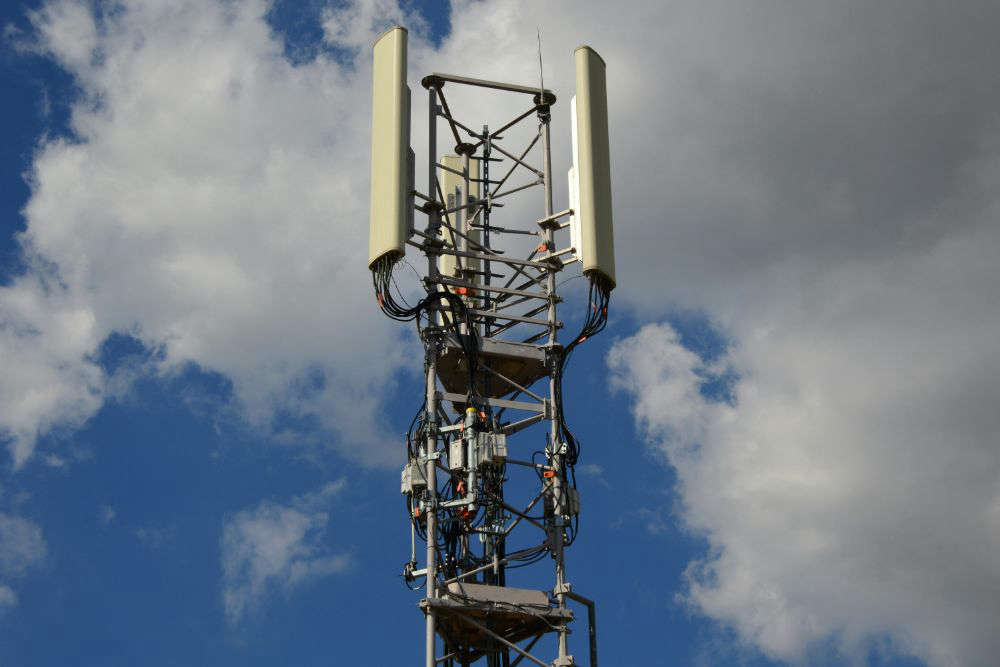 Five JT mobile phone sites vandalised
Five JT mobile phone sites vandalised
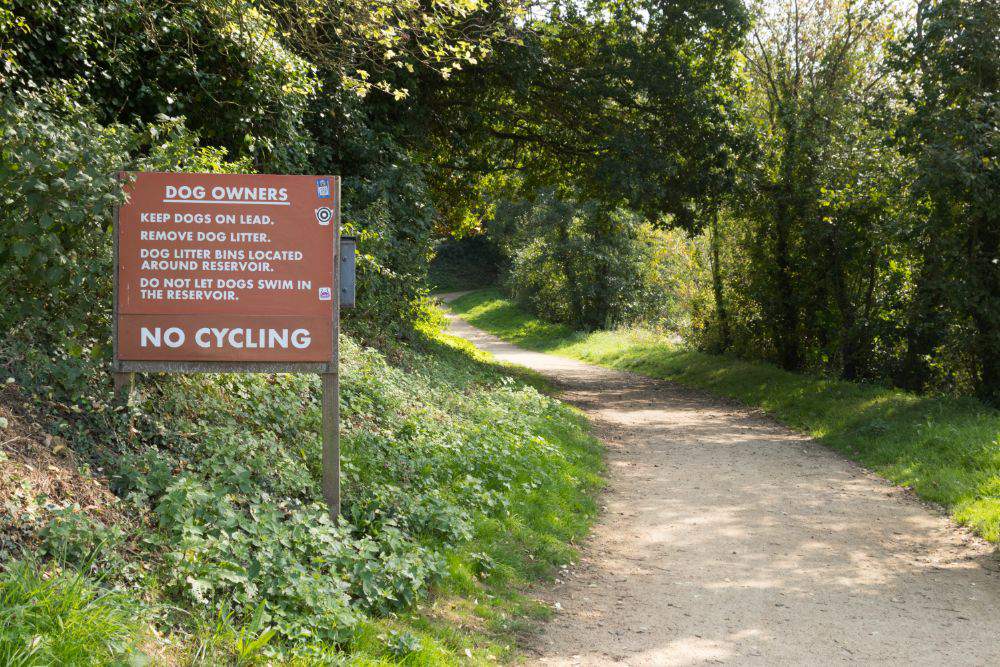 Queen's Valley reservoir reopens
Queen's Valley reservoir reopens
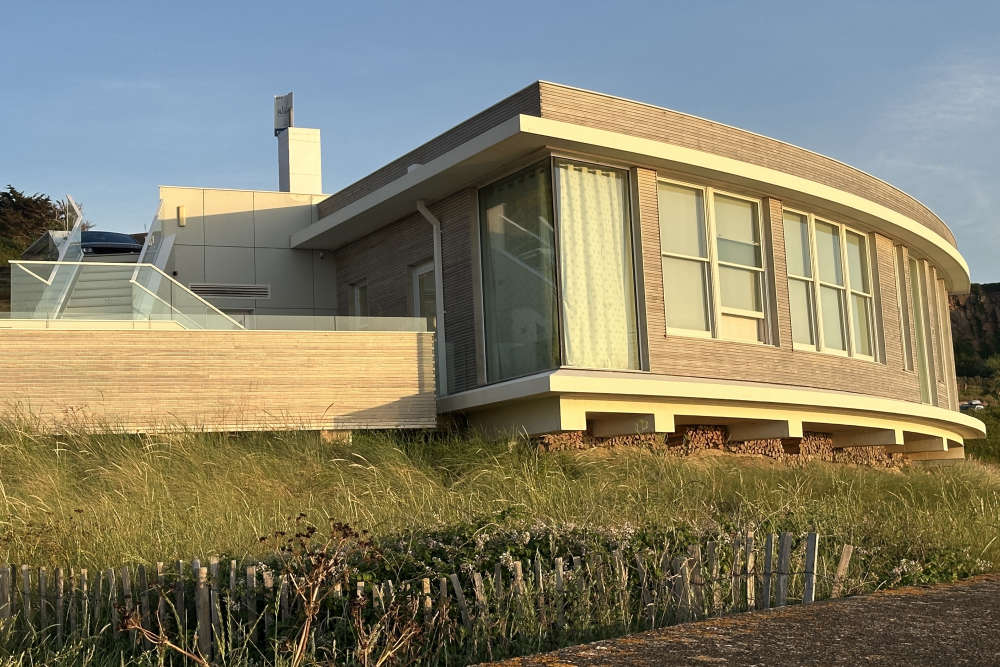 Nude Dunes planning application refused again
Nude Dunes planning application refused again
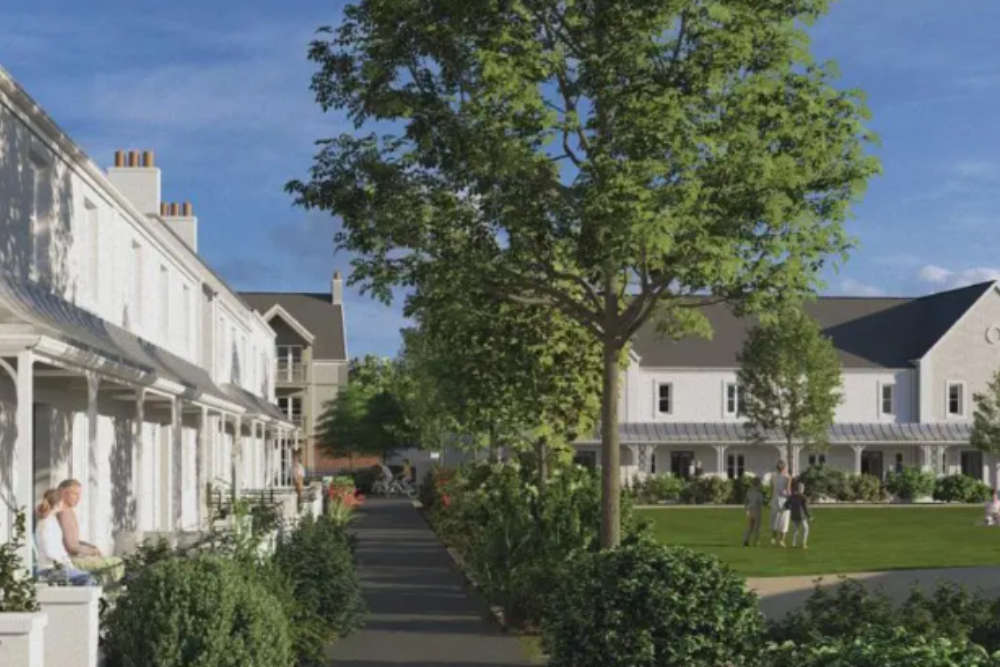 128 homes to be built in St Peter
128 homes to be built in St Peter
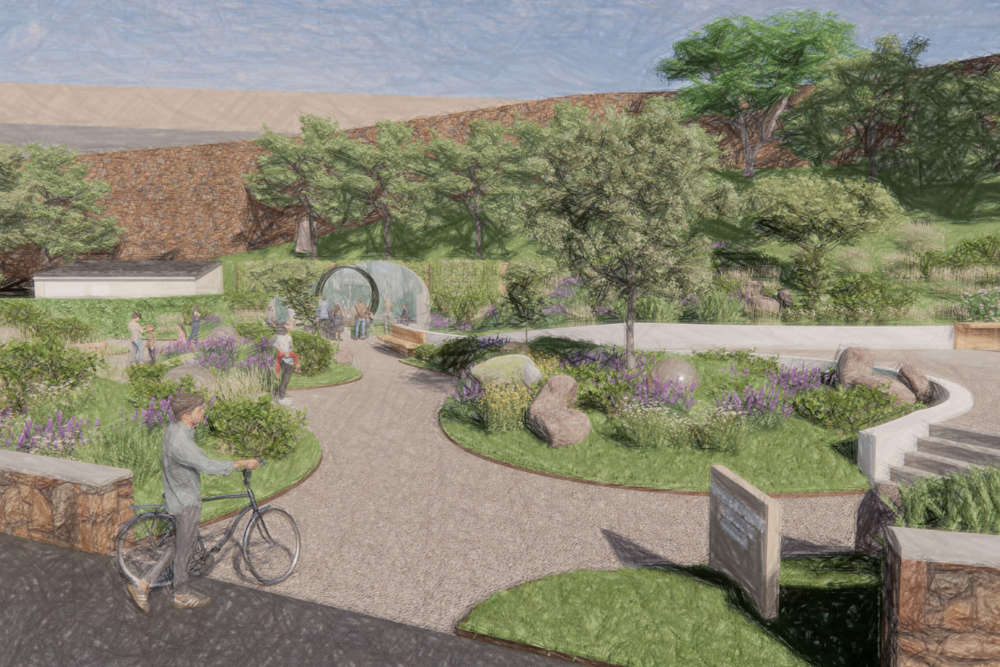 Haut du Mont memorial garden to include victims' favourite flowers and play area
Haut du Mont memorial garden to include victims' favourite flowers and play area
 Woman sexually assaulted at First Tower
Woman sexually assaulted at First Tower
 Single-use vapes banned from next month
Single-use vapes banned from next month

